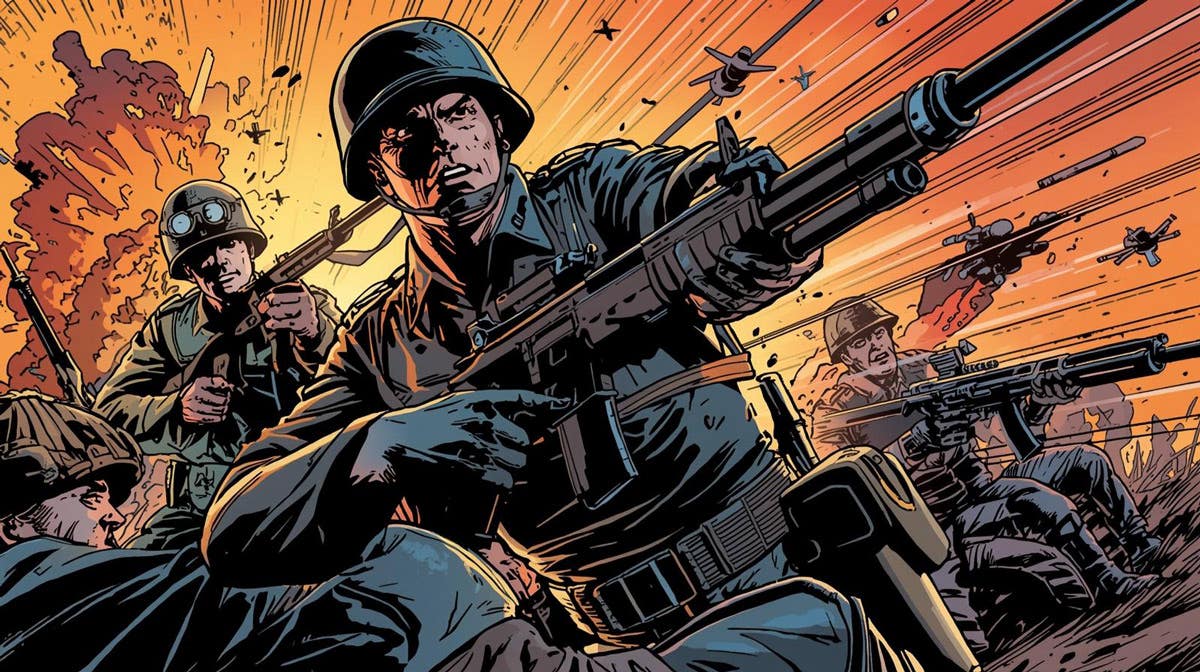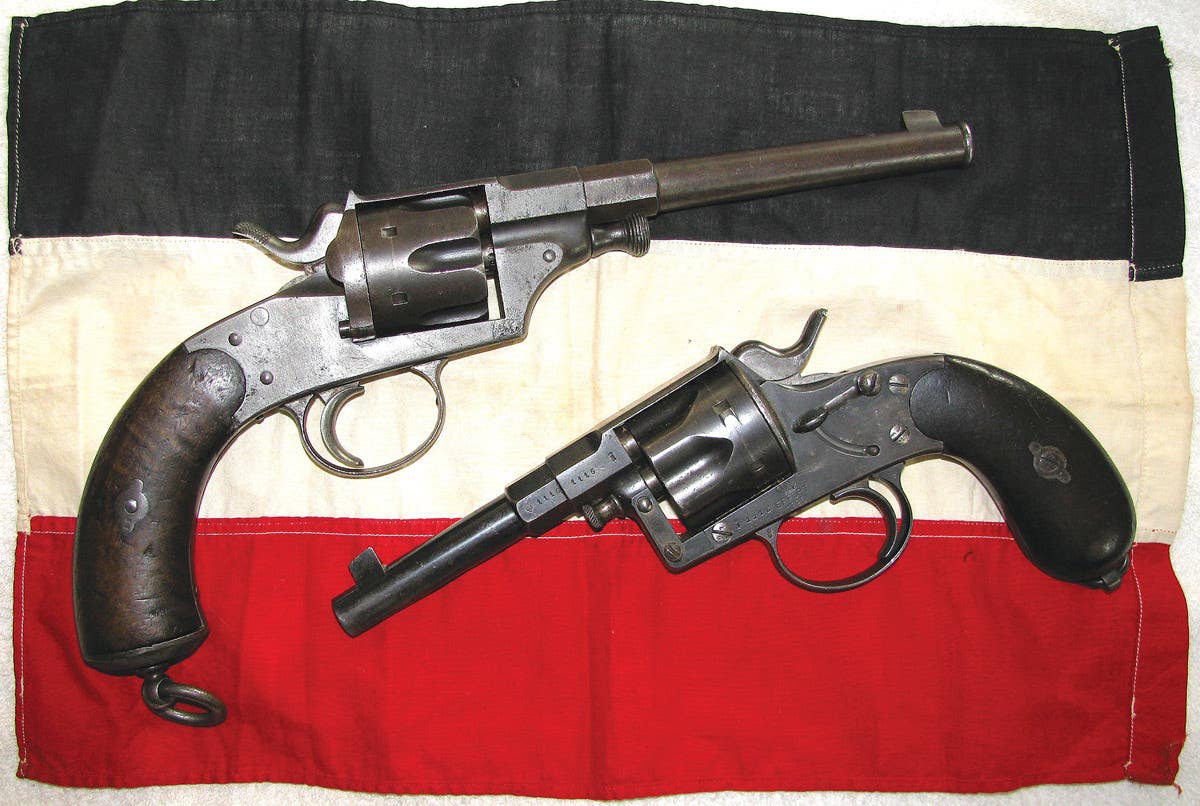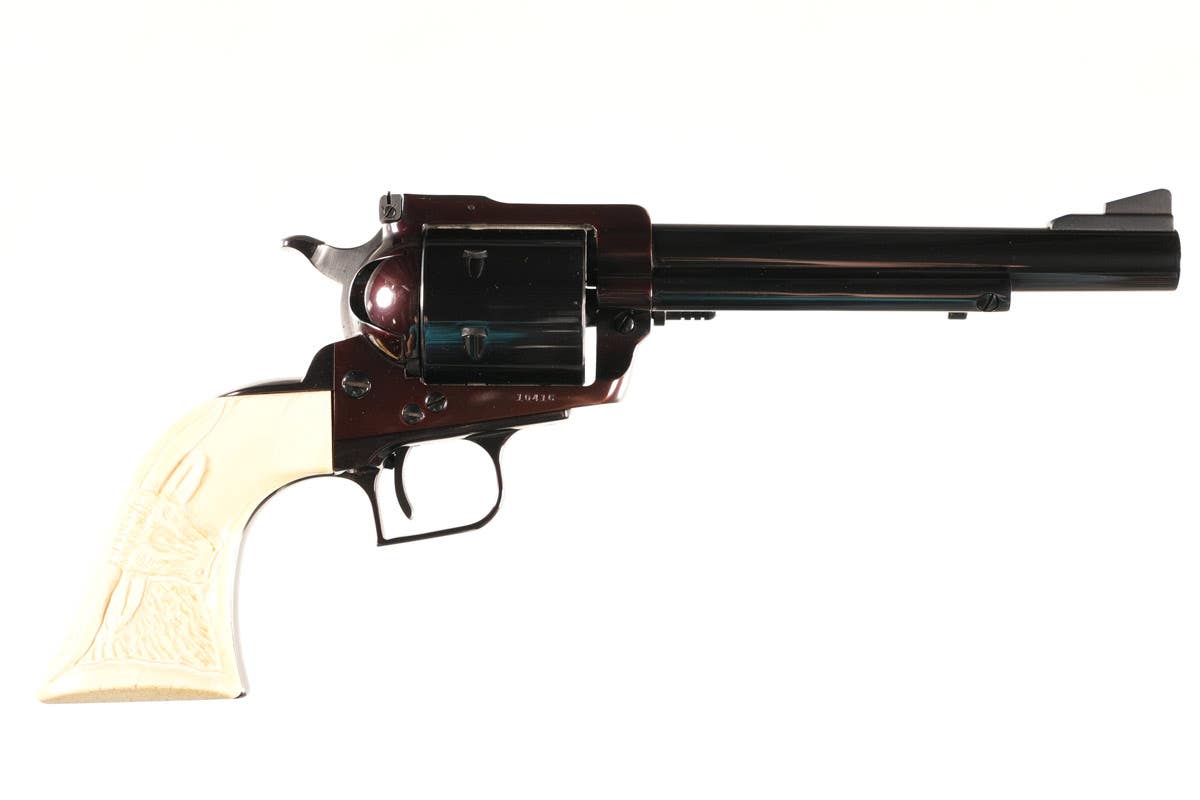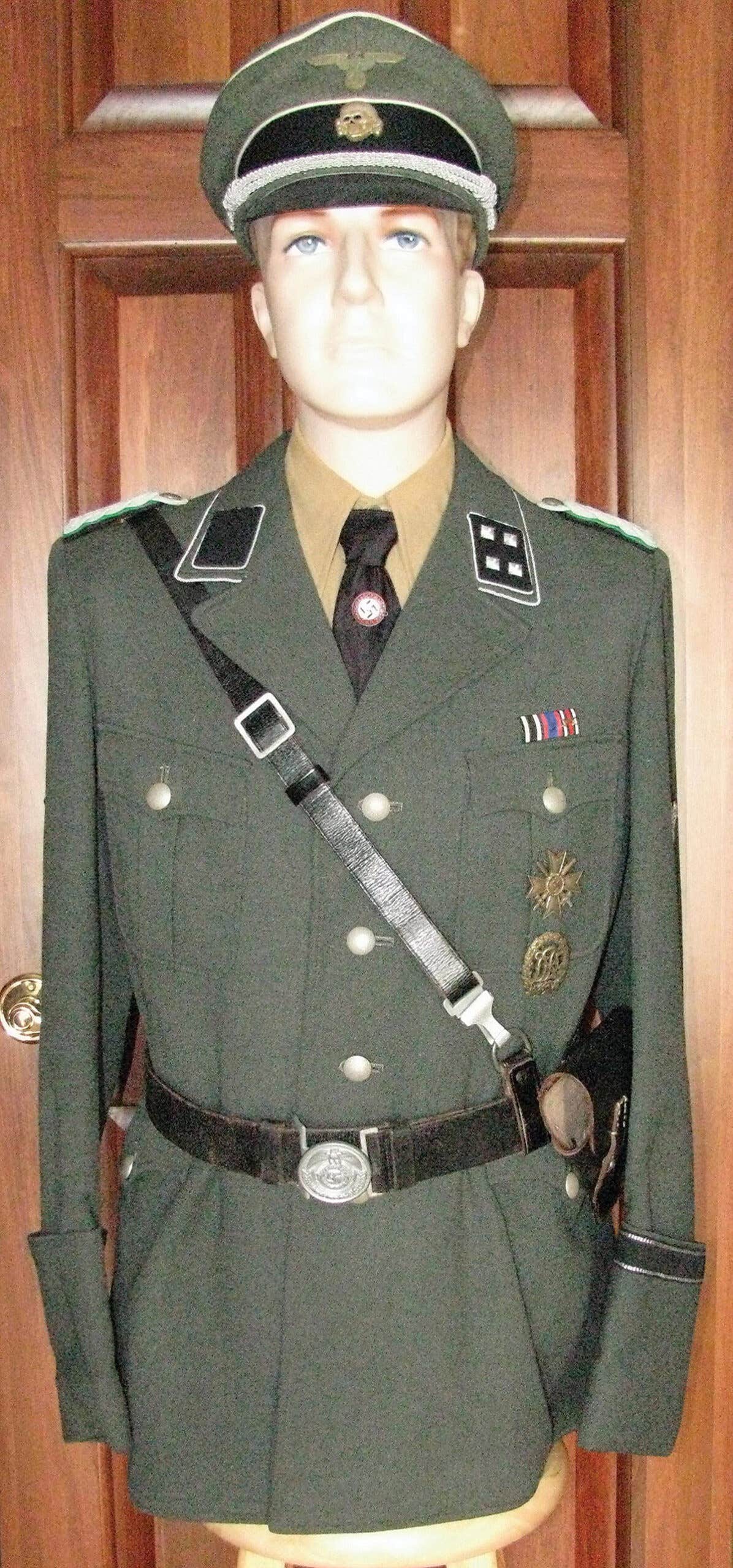The Dutch KNIL Tropical Helmet
Based on the Model 27, the WW2 Dutch KNIL tropical helmet has roots in Wisconsin.
A unique tropical helmet of the 20th century was a variation of the Dutch Model 1927 steel helmet. While many steel combat helmets were used in tropical regions during the WWII, most were the basic helmet simply worn in that theater of operations, sometimes with a cover, net, or painted in a shade of khaki.
The steel combat helmets used by the Royal Netherlands East Indies Army or Koninklijk Nederlands Indisch Leger (KNIL), however, were actually developed and produced specifically for tropical use. Instead of issuing the KNIL with the newly adopted Model 1927 helmet that was used by the Dutch military in the Netherlands, the Dutch Minister of War called for the development of a modified version.
The helmet, known as a model B during its development, had to meet certain criteria for use in the tropics. The Model B variant of the Model 27 featured a brim that was about 2cm shorter than the standard Dutch combat helmet, making it easier for soldiers to fire from a prone position. Why this modification was only necessary for helmets for the tropical colonies is not clear.
The helmet went into production at Verblifa (De Vereenigde Blikfabrieken — a Dutch company that manufactured tin packaging, in addition to sheet-metal articles, enamel plates, household articles, sheet and stamping work and cooking and heating articles) in 1930. Forty of the early prototypes included several ventilation holes at the dome of the helmet, a feature that was determined to reduce the ballistic qualities of the helmet. Since a steel helmet was deemed to be superior to a helmet made of cork or pith, the ventilation holes were left out in the subsequent production of the KNIL helmets.
The designers opted to include an orange-colored felt cloth and asbestos lining and a leather neck curtain to help reduce the effects from the sun. Given these features, it almost seemed as if the designer never experienced tropical conditions. Regardless, the helmet was adopted and seemed to be well-liked by the men who wore it.
The Dutch Ministry of Colonial Affairs ordered a production run of 45,000 helmets and about 4,000 were delivered by May 1939. Another 6,000 were to be delivered each of the next five months. Delays became common after the outbreak of the war in Europe in September 1939 due to the Dutch military’s inability to source steel. Adding to the delays, the Dutch military began to increase production of the Model 1934 steel combat helmet for use in Europe even after the Netherlands declared its neutrality.
By May 1940, when Germany invaded the Netherlands, only about 28,000 of the 45,000 ordered helmets were actually delivered to the Dutch East Indies. The German occupation brought an abrupt halt to the production of the KNIL helmets.
The Dutch government in exile recognized that its forces in the Dutch East Indies might be facing an invasion from Japan. It decided to complete the production of the KNIL helmets elsewhere. In a strange twist of fate, the Milsco Saddlery Company in Milwaukee, Wisconsin, picked up the contract and produced the KNIL helmet in two sizes. Apart from the lack of an emblem depicting the Dutch lion on front, the Milsco-produced helmet was nearly identical to the Dutch-produced version
Milsco delivered the helmets to the KNIL before the outbreak of the war in the Pacific. Many were also issued to the Royal Netherlands Navy which also saw action in the war.
Royal Netherlands East Indies Army: KNIL
The KNIL had been considered a semi-elite force, but the occupation of the Netherlands left the East Indies forces severely weakened. The KNIL was cut off from Dutch assistance other than the Royal Netherlands Navy. During the Dutch East Indies campaign of 1941-42, most of the KNIL were defeated. Most of the captured soldiers were interned by the Japanese as POWs. More than 25 percent of those captured didn’t survive the war.
Some of the KNIL personnel did escape to Australia, however. These men took part in the failed attempt to retake East Timor in 1942. During 1944-45, some units saw action in the New Guinea and Borneo campaigns.
After the war, the KNIL served in two large military campaigns in 1947 and 1948 to re-establish Dutch control of Indonesia. After those efforts failed, a newly independent Federal Republic of the United States of Indonesia was formed. In July 1950, the KNIL was disbanded.
Articles you may also enjoy
*As an Amazon Associate, Military Trader / Military Vehicles earns from qualifying purchases.
Peter Suciu is a freelance journalist and when he isn't writing about militaria you can find him covering topics such as cybersecurity, social media and streaming TV services for Forbes, TechNewsWorld and ClearanceJobs. He is the author of several books on military hats and helmets including the 2019 title, A Gallery of Military Headdress. Email him and he'd happily sell you a copy!








